The recycling of plastics from WEEE is a complicated task. This waste stream consists of a diverse range of polymers, substances and additives, which can be uneconomical or technically unfeasible to recover. Recycling processes and technologies must also adapt over time to reflect trends in materials used and also the design of EEE products, as well as applicable hazardous substance regulations and recycling standards.
Such recycling challenges are likely to receive increasing attention as the amount of e-waste grows. The UK alone generated an estimated 1.6 million tonnes of WEEE in 2019, the second most per capita in the world[1]. To tackle this ongoing issue, both the UK’s waste and resources strategy and EU’s Circular Economy Action Plan aim to increase the quantity of materials recycled and improve the quality of recyclates. A key action area is the improvement of the recyclability of EEE through product eco-design.

Therefore, UK legislation[2] increasingly targets resource efficiency requirements for product eco-design, based on regulations from the EU Ecodesign Directive. This Directive provides a framework for setting mandatory energy and resource efficiency requirements for energy-related products. Different requirements, including those that target product recyclability, are being drafted for different types of electronic products, and the UK aims to match or even exceed the ambition of the EU’s Ecodesign standards. However, it should be noted that despite legislative and voluntary efforts to improve eco-design, at present only an estimated 22% (560 kt) of WEEE plastics disposed of annually in Europe are ultimately recycled[3].
As part of a larger research study to determine the likely effectiveness of different eco-design approaches, we have identified three major issues limiting the success of the measures. We conducted case studies of five recycling organisations to gain overall insight into WEEE plastics recycling. This involved interviews and site visits in 2019 with three plastics re-processors and two WEEE re-processors in the UK and Europe.
One size doesn’t fit all
The differing properties and diversity of plastic polymers makes them extremely useful for the production and functioning of electronic products. Furthermore, polymers are commonly enhanced by using additives and coatings to manipulate properties such as colour, strength, flexibility, flammability, and durability.
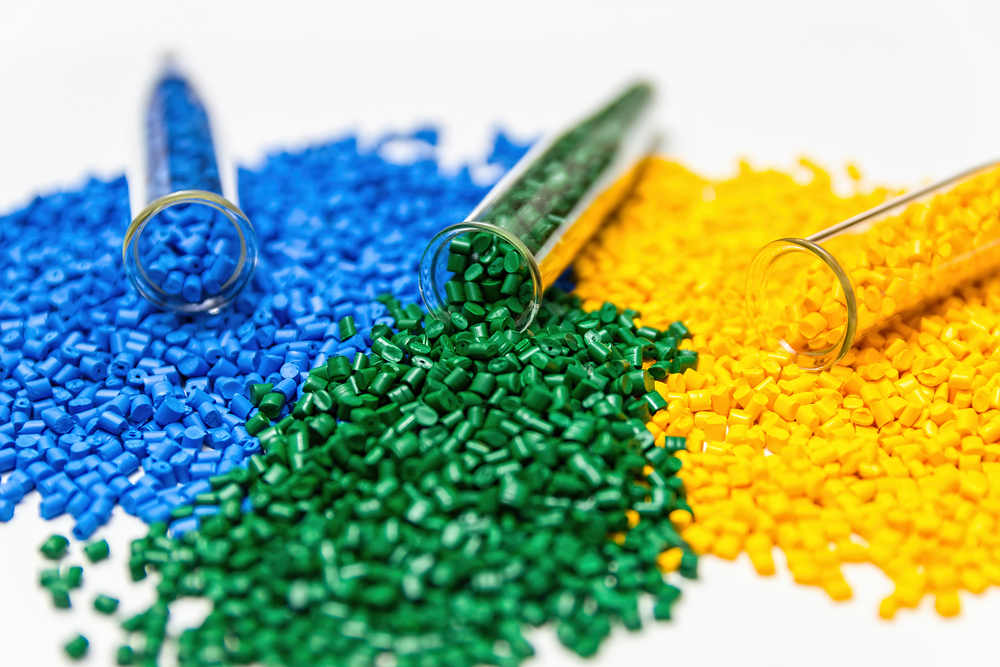
In order to improve recyclability, some eco-design measures[4] limit the types of polymers and/or coatings in an effort to align better with current recycling capabilities. However, our case studies revealed that the recycling abilities and the types of plastics recovered varied between operators. This led to conflicting views from the recyclers on which eco-design practices are best.
Coatings may also help recycled plastics to meet stricter product design specifications such as colour, or to hide blemishes. As a result, eco-design measures that limit the diversity of plastics, for example by restricting the use of coatings, may have the unintended consequence of limiting the use of recycled plastics in new products.
Flame retardants: a hot topic
Plastics from WEEE are generally from older products (i.e., those over five years old) and typically contain ‘legacy’ substances that cannot be recycled into new products. For instance, some classes of chemicals containing bromine (e.g., PBBs, PBDEs and HBCD) are now restricted under legislation such as REACH[5], POPs[6]; and RoHS[7]. They were previously used as flame retardants in some products, including electronics, but are now restricted based on the possible risks to human and environmental health.
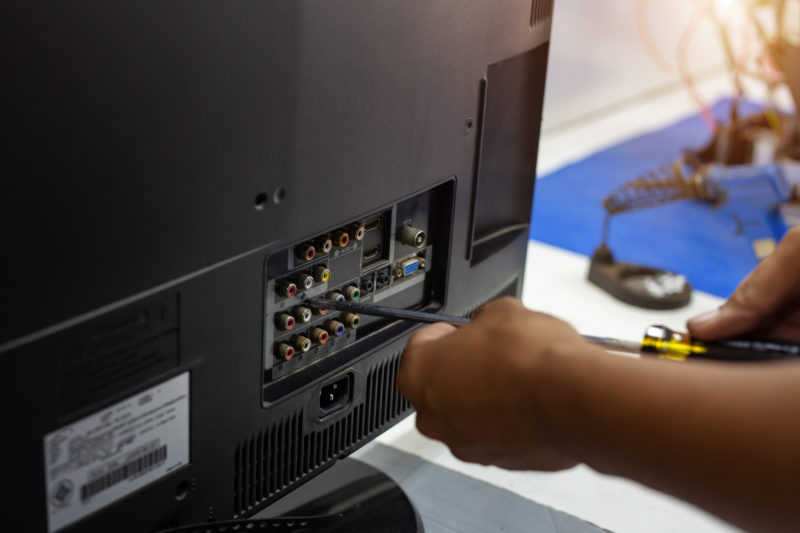
As it happens, the majority of brominated flame retardants (BFRs) present in the WEEE plastics waste stream are not actually restricted by the regulations above[8]. However, plastics containing any BFRs are still separated and ultimately not recycled. This is due to (1) the technical ability of recyclers to distinguish between plastics containing different types of BFRs and (2) legislation and recycling standards[9] requiring recyclers to separate plastics containing any BFRs for selective treatment.
Recent eco-design measures restrict the use of not only BFRs in some plastic components of new EEE in scope, but all halogenated flame retardants (HFRs: brominated, chlorinated and fluorinated) in some products (e.g., TVs and games consoles[10]). Whilst most HFRs are not classed as hazardous substances, the purpose of the HFR restriction under eco-design is to increase recycling yields based on the ability of current sorting processes.
Inadvertently, this HFR requirement may reduce the use of recycled content in new EEE. Recyclers previously expressed significant concerns following a proposal to lower the allowable threshold of BFR ‘DecaBDE’ to <1000ppm[11]. The new restrictions on all HFRs for some products (i.e., total HFR content <1000ppm) may therefore actually hinder recycling by limiting the use of recycled material in new EEE products. There appears to be an apparent contradiction between the objectives of eco-design policy and recycling practices.
Information overload
Many eco-design requirements stipulate that producers must provide product-specific information to recyclers. However, this information (disassembly instructions or marking requirements) is often of little practical use. Recyclers do not have the resource or capacity to look at specific instructions for every brand and model of WEEE they receive for processing. Whilst this information might be of some use for manual disassembly processes, in our research this information was simply not used by the organisation that manually disassembled WEEE. Similarly, producer markings on plastics to identify polymer type and other properties were not utilised at any of the case studies for sorting purposes.
There appears to be an apparent contradiction between the objectives of eco-design policy and recycling practices
– Ceri Fenwick
Instead of providing excessive product-specific information, the ability to track wider trends over time of substance and polymer use within new products is likely to be more useful for the recycling industry. For example, the I4R[12] platform provides recyclers with product information at a WEEE category level.
Final words
Some eco-design measures seem to have a limited impact on improving plastics recyclability and may even disrupt plastics recycling at end-of-life. These requirements appear to have been introduced without proper consideration of current and near future recycling practice. Regrettably, the practical effectiveness of policy may actually be undermined by these unintended consequences.
The findings of this research illustrate that fully comprehensive and integrated evaluation of different policy measures impacting WEEE plastics recovery and recycling – in advance of their implementation – is essential to avoid perverse outcomes for the recycling industry and for EEE producers.




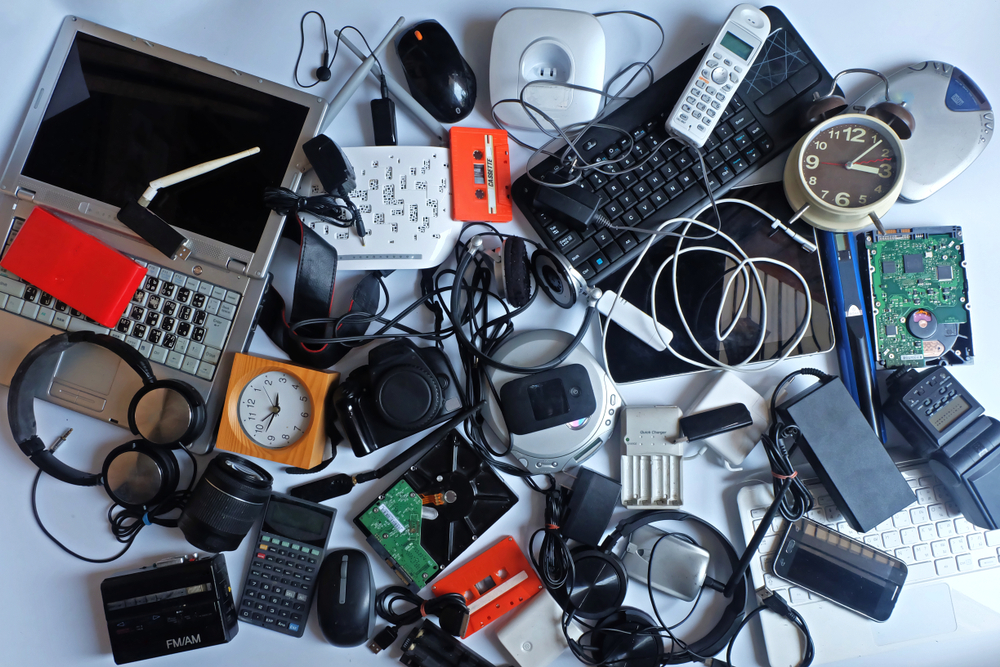
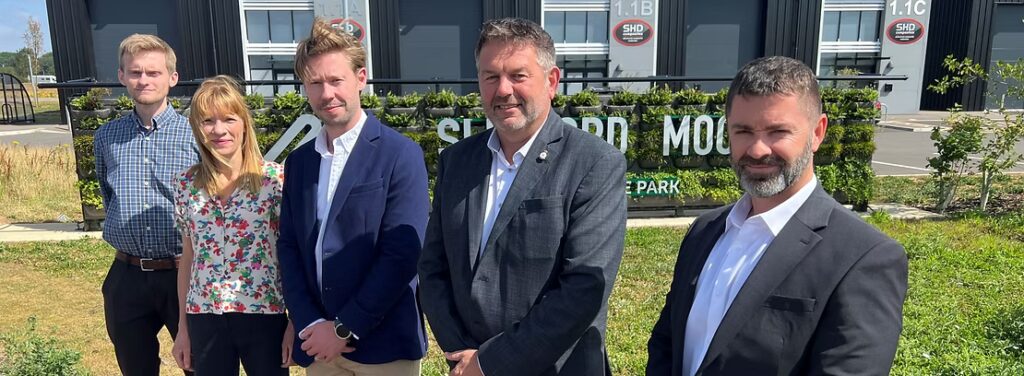

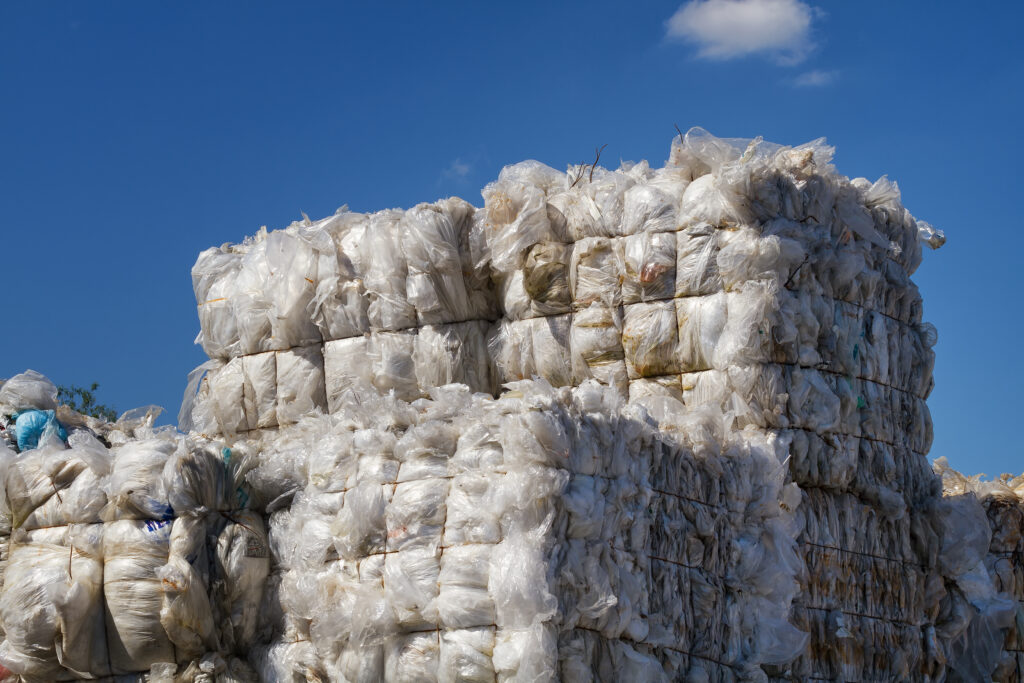

Subscribe for free